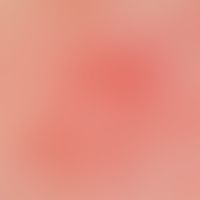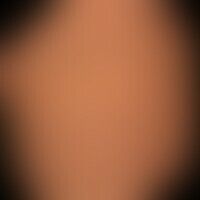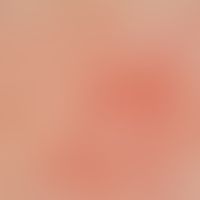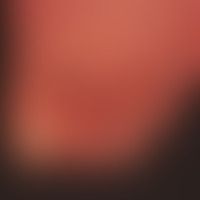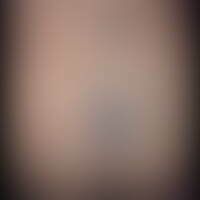
Blue nevus D22.-
Blue nevus: Large blue nevus (so-called Mongolian spot) with a deep dark melanocytic nevus.

Acrocyanosis I73.81; R23.0;
Acrocyanosis in right heart failure in age-related atrophic, shiny skin with solar lentigines on the back of the hand (DD: chronic Lyme disease - picture of acrodermatitis chronica atrophicans).
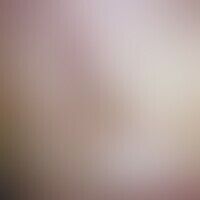
Nail hematoma T14.05
haematoma, nail haematoma. nail alteration after slight crush trauma. striped, red and blue-black spots (splinter hemorrhages). since red and black shades are present at the same time, this finding speaks against a melanotic pigmentation.
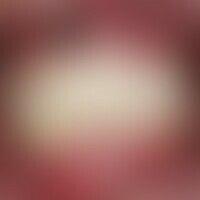
Amalgam tattoo L81.8

Acrocyanosis I73.81; R23.0;
acrocyanosis. acute, changeable, homogeneously laminar, reddish-livid skin discoloration with reduced temperature. doughy swelling, hyperhidrosis, perniones and cutis marmorata. sometimes slight pain and dysesthesia.

Ecchymosis syndrome, painful R23.8
Ecchymosis syndrome, painful seti 6 months of recurrent, painful, extensive skin bleeding on the abodes and extremities in an otherwise healthy 69-year-old female patient
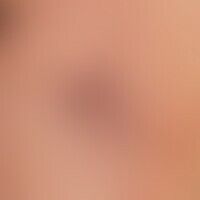
Varice reticular I83.91
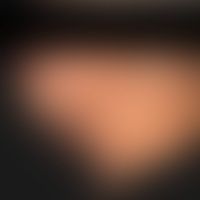
Vascular malformations Q28.88
Malformations, vascular. mixed venous/capillary malformation with predominant subcutaneous venous part.
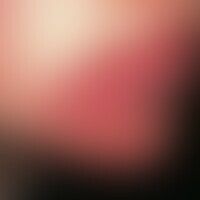
Ecchymoses R23.3
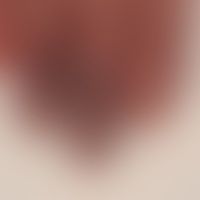
Raynaud's syndrome I73.0
Raynaud's phenomenon:Raynaud's syndrome known for several years. No indication of systemic scleroderma. Here condition after Raynaud's attack with massive blue discoloration of the fingers.
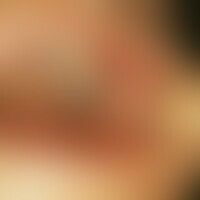
Amalgam tattoo L81.8
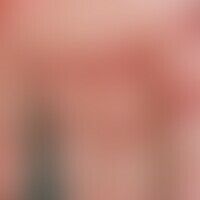
Vasculitis leukocytoclastic (non-iga-associated) D69.0; M31.0
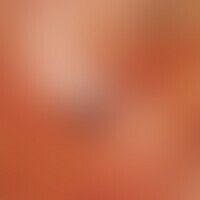
Angiosarcoma of the head and face skin C44.-

Hematoma T14.03
Haematoma; after a fall on the left forearm a flat, bluish discoloration occurred; it is a bleeding of varying intensity into the skin and the subcutaneous fatty tissue, which, depending on its age, passes through different shades of colour in stages: first blue-red, then blue, later green-yellow and yellow.

Hematoma T14.03

Acrocyanosis I73.81; R23.0;
acrocyanosis in age-atrophied, shiny skin with half and half nails. DD: chronic lyme borreliosis. here the picture of acrodermatitis chronica atrophicans is present. the cold-dependence of the redness is not very pronounced. conspicuous (see stronger enlargement) the smooth atrophic skin surface. a positive borrelia serology is always to be expected in this stage of a borrelia infection.
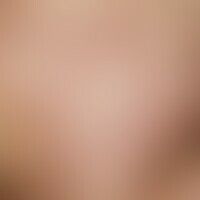
Varice reticular I83.91
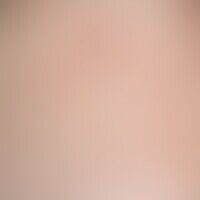
Varice reticular I83.91


